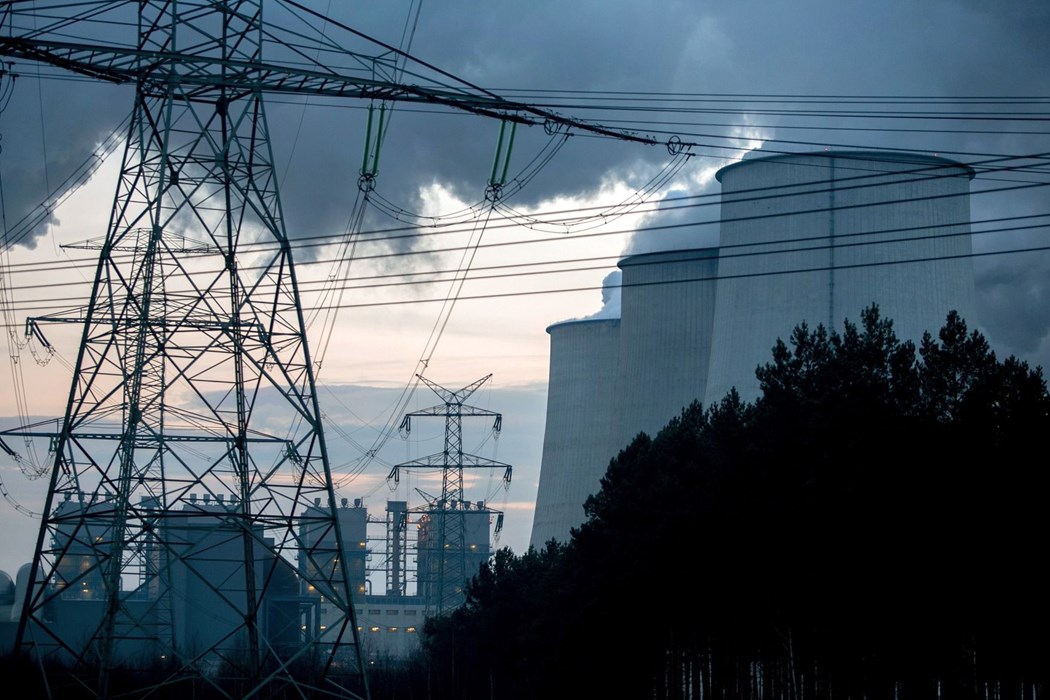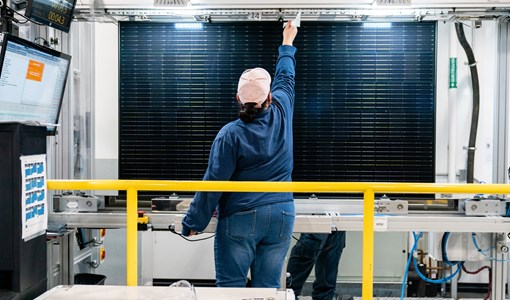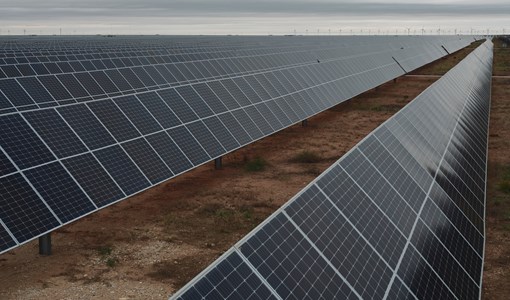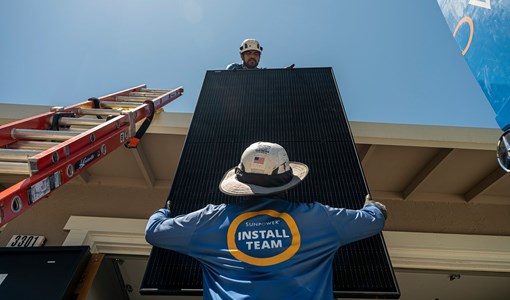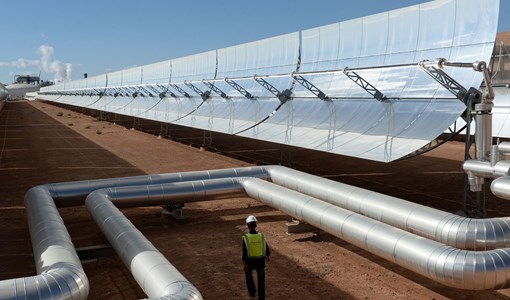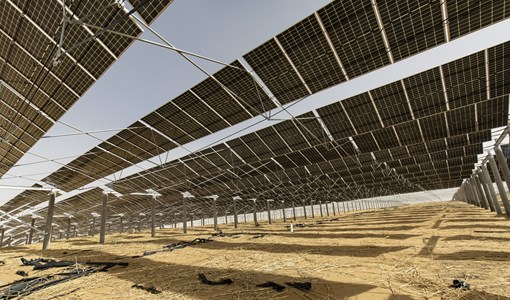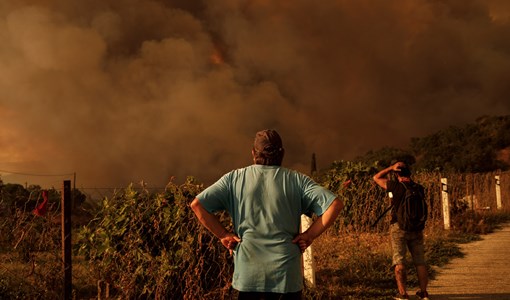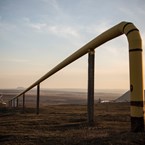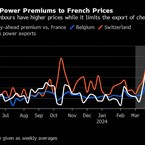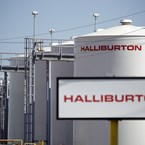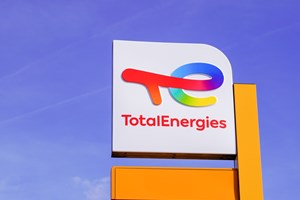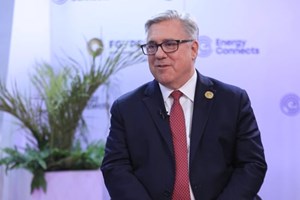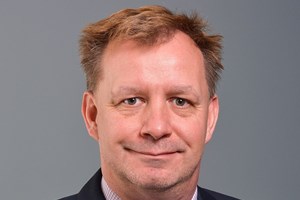Germany May Become Net Power Importer Within Years, Study Shows
(Bloomberg) -- Germany may become a net importer of power within a few years as it phases out nuclear and coal-fired plants, according to network regulator BNetzA.
Europe’s industrial powerhouse has been a net exporter of electricity in the last few years. But as it shifts away from dirtier forms of generation to meet its climate goals, it will become more dependent on supplies from other countries to avoid blackouts.
“The need of imports will increase over the years,” BNetzA said in a report covering the 2025-31 period and which the government published on Wednesday. Investment in renewables across Europe is just as necessary as for conventional power plants, it said.
Germany’s net exports of power totaled about 26 terawatt-hours last year, compared with about 17 and 19 terawatt-hours in each of the previous two years. Despite the country scrambling to replace Russian gas flows due to the war in Ukraine, German electricity exports to France hit a 30-year high amid nuclear outages there.
Demand Outlook
However, things like electric vehicles and heat pumps will be key to Germany cutting carbon emissions 65% by 2030 from 1990 levels. That’s why the government raised its outlook for future power consumption.
Rising carbon costs will help drive some plants out of the market. German coal stations could close as early as 2030 — sooner than a previous 2038 target — and the country plans to phase out its last three nuclear plants by mid-April at the latest, the report showed.
To fill the gap, Germany will need to triple the speed of its renewables expansion this decade while investing in new gas-powered plants. And to support cross-border electricity flows, the European Union aims for more interconnector capacity to be made available in the coming years.
More stories like this are available on bloomberg.com
©2023 Bloomberg L.P.
KEEPING THE ENERGY INDUSTRY CONNECTED
Subscribe to our newsletter and get the best of Energy Connects directly to your inbox each week.
By subscribing, you agree to the processing of your personal data by dmg events as described in the Privacy Policy.
More renewables news
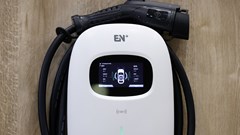
Biden Unveils Winners of $2 Billion in Green Tax Credits
Apr 19, 2024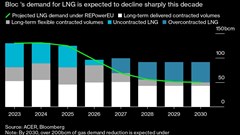
Europe’s Demand for LNG Set to Peak in 2024 as Crisis Fades
Apr 19, 2024
Clean Hydrogen’s Best Bet May Be a Rainforest State in Borneo
Apr 18, 2024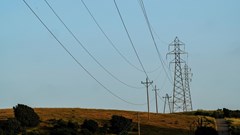
PG&E, Edison, California Apply for $2 Billion US Grid Grant
Apr 18, 2024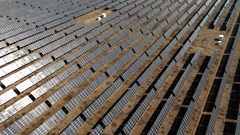
China’s Solar Surge Is Making a Missing Power Data Problem Worse
Apr 18, 2024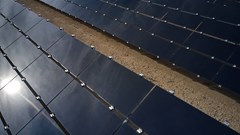
First Solar Jumps After Report Says Biden to End Trade Loophole
Apr 17, 2024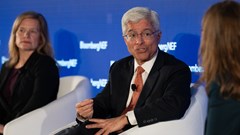
Biden’s Climate Law Catalyzed Investment, But Projects Still Face Snags
Apr 17, 2024
Masdar and EGA form alliance on aluminium decarbonisation and renewables
Apr 17, 2024
Chevron Launches $500 Million Fund to Invest in Clean Tech
Apr 16, 2024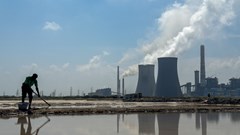
Coal Keeps Powering India as Booming Economy Crushes Green Hopes
Apr 16, 2024
Energy Workforce helps bridge the gender gap in the industry
Mar 08, 2024
EGYPES Climatech champion on a mission to combat climate change
Mar 04, 2024
Fertiglobe’s sustainability journey
Feb 29, 2024
P&O Maritime Logistics pushing for greater decarbonisation
Feb 27, 2024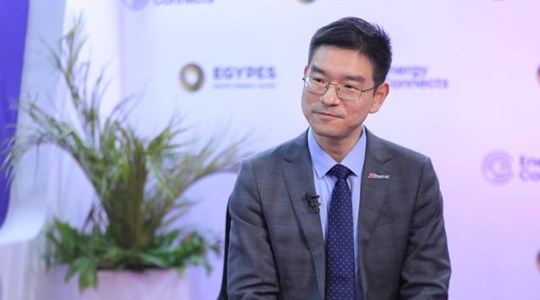
Neway sees strong growth in Africa
Feb 27, 2024
India’s energy sector presents lucrative opportunities for global companies
Jan 31, 2024
Oil India charts the course to ambitious energy growth
Jan 25, 2024
Maritime sector is stepping up to the challenges of decarbonisation
Jan 08, 2024
COP28: turning transition challenges into clean energy opportunities
Dec 08, 2023
Why 2030 is a pivotal year in the race to net zero
Oct 26, 2023Partner content

Ebara Elliott Energy offers a range of products for a sustainable energy economy

Essar outlines how its CBM contribution is bolstering for India’s energy landscape

Positioning petrochemicals market in the emerging circular economy

Navigating markets and creating significant regional opportunities with Spectrum


